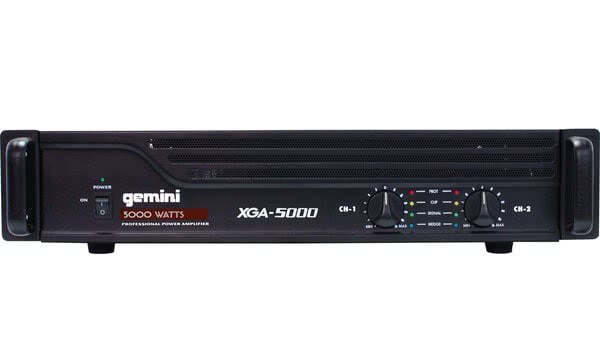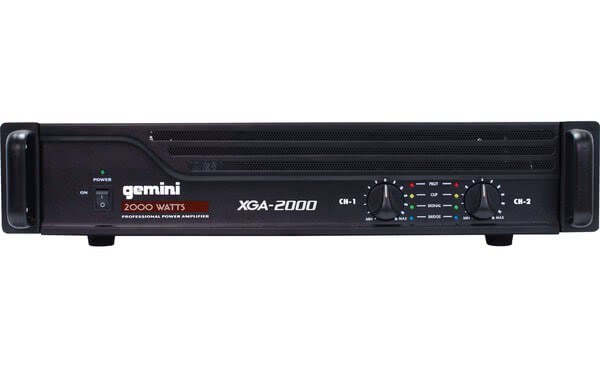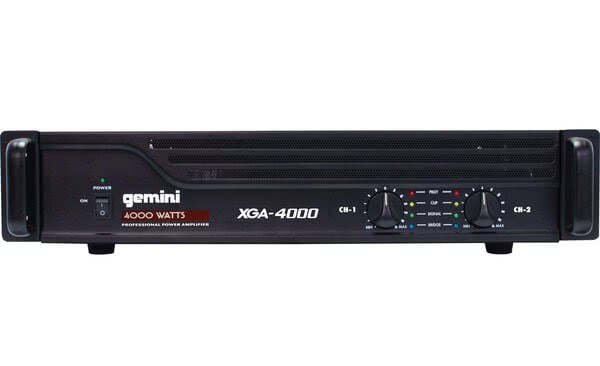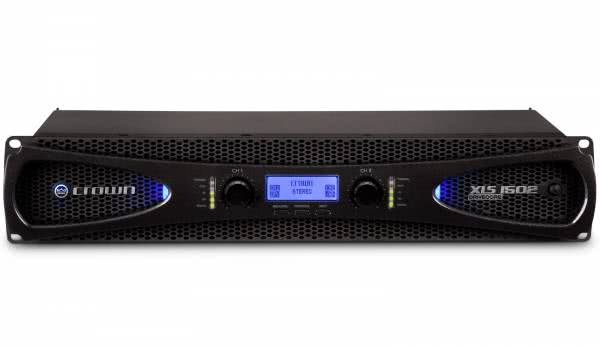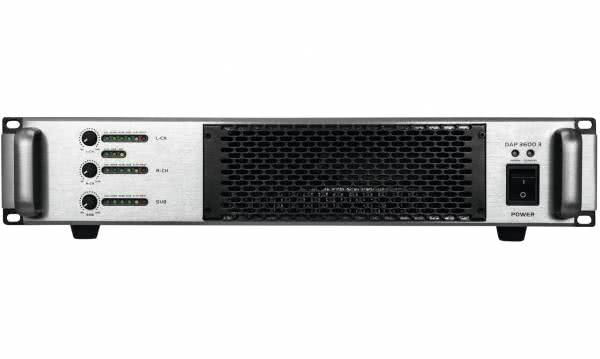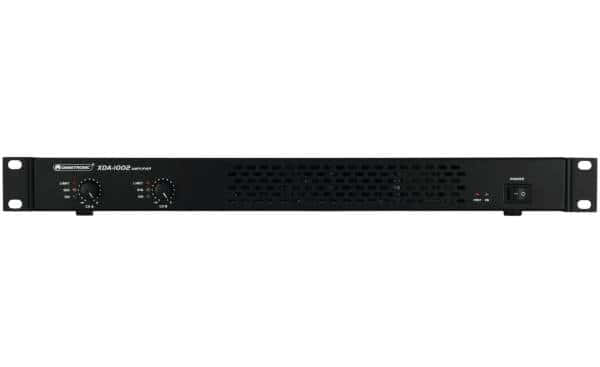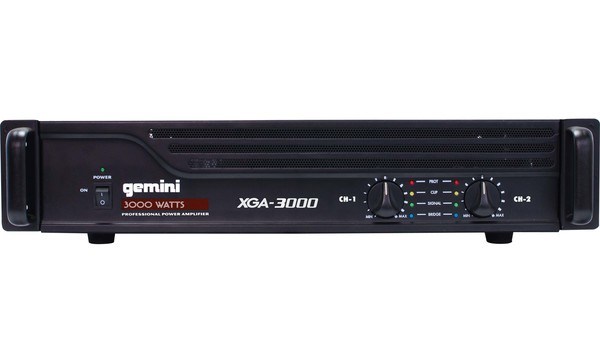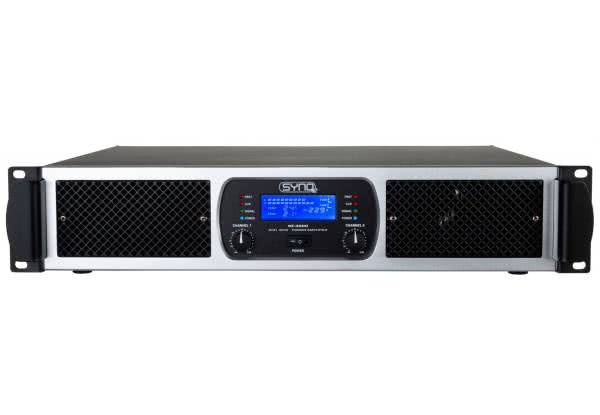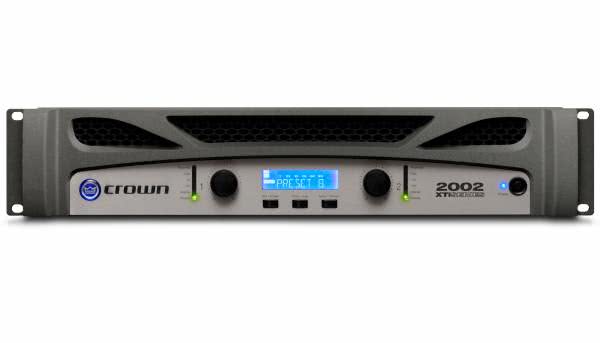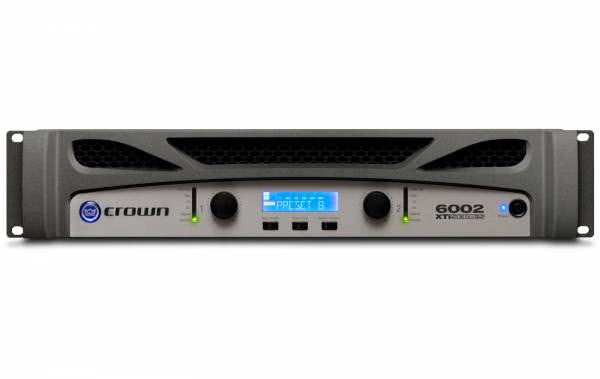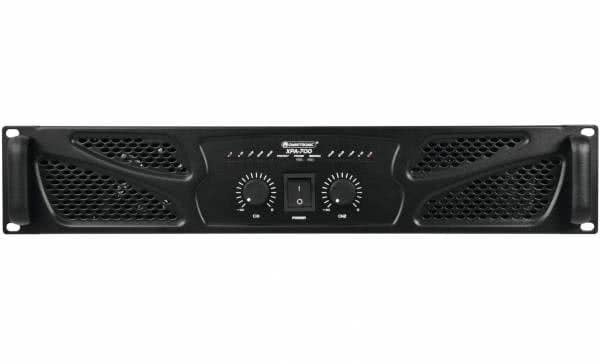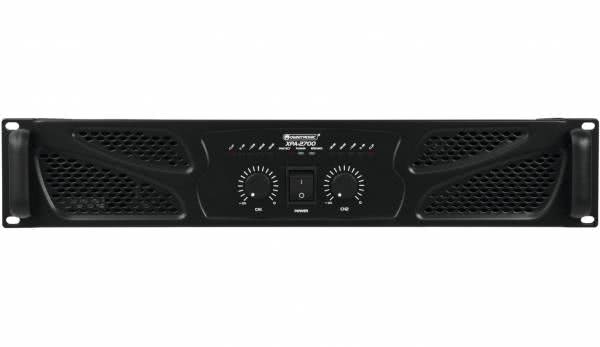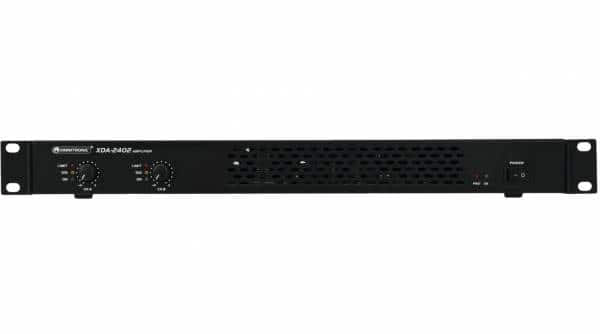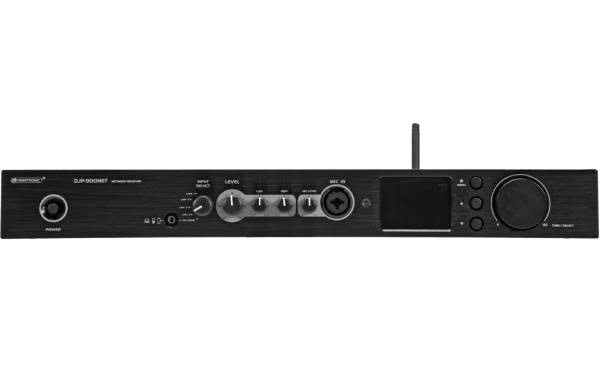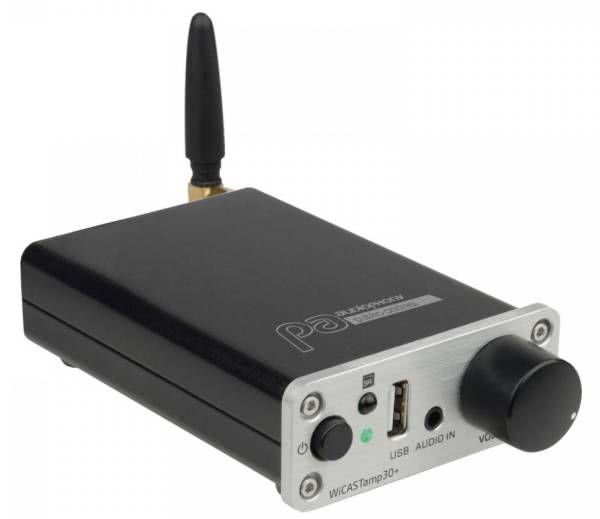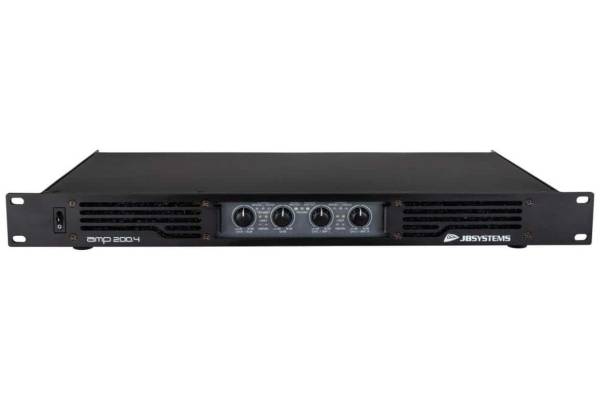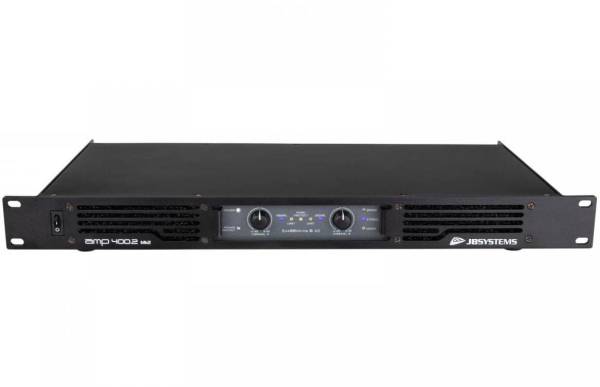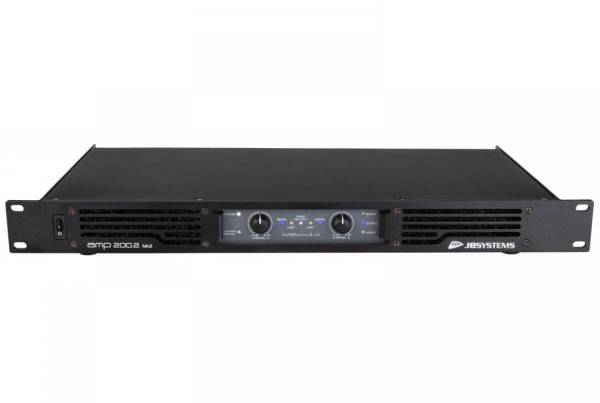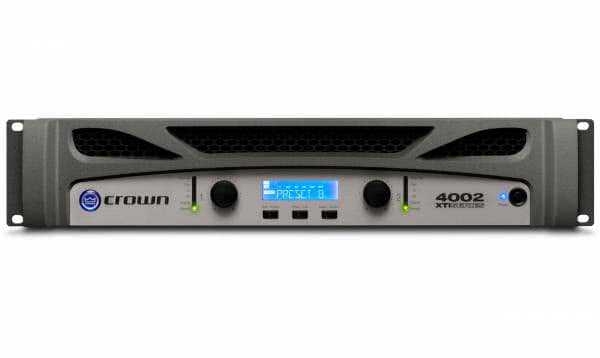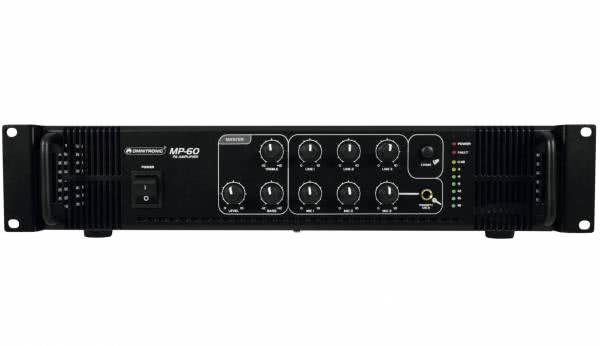PA power amplifiers
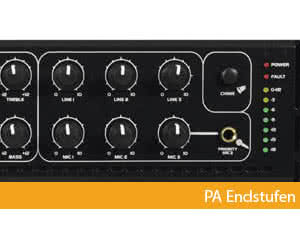
In the area of PA power amplifiers, there are a wide variety of devices in all price ranges. Here you can find out everything about the features, differences, prices and technical specifications of the products in our assortment.
These are the tasks of a power amplifier
A PA power amplifier is first and foremost noisy. More precisely, it amplifies the mixer's weak electrical signal (often connected to a crossover) many times over without degrading the quality of the signal. Due to the constant signal amplification, signals are amplified in such a way that they can easily run over a loudspeaker. So performance is important. How well this works depends on the type of power amplifier and its application in the signal chain.
Basically, the following applies: In the ideal case, the output stage has a high power with a low weight and low power consumption. The dimensions are also kept to a minimum with an optimal power amplifier. Since heat generation decreases with higher efficiency and possible noise and other side effects increase, the sound quality must be high.
A low weight facilitates the transport of the stage equipment - this is especially important for musicians who are on tour or have regular appearances. Combining all these aspects is a difficult undertaking. After all, the weight depends on the mains transformer and the necessary cooling measures.
The sound is the deciding factor
A power amplifier itself has no significant influence on the overall sound. Any unevenness in the frequency spectrum can also be compensated with an equalizer. Nevertheless, the sound of the PA amplifier must be correct. This is guaranteed by the speakers - since the power amplifiers are directly related to the speakers, they also take over the strengths and weaknesses of the respective model.
Depending on voltage and frequency, the speakers require different currents, sometimes direct current and sometimes phase shifted. In addition, the PA amplifier often redirects the energy stored in the crossovers and moving diaphragms back to the output stage. All this complicates the work of a power amplifier and distinguishes good devices from less good ones.
Power under load
Good power amplifiers provide power even under load. You may limit distortion at an early stage to ensure an optimal sound image. The energy returned from the loudspeaker must be absorbed without any loss of quality, because this is the only way to maintain control of the frequency - if this fails, distortion and other problems occur.
The most important factors: current delivery capability, linearity, speed and a high damping factor that prevents overload. In order to combine all these requirements, the amplifier must be combined with a correspondingly large power supply, oversized output stages and as few interfering signals as possible in the frequency response. The power amplifier has a significant influence on the damping factor. However, the cables used also play a role. The following rule of thumb applies here: The shorter, the better.
Not only sound quality is decisive
Even today, many musicians are still unsure which power amplifier to purchase. These fears are largely due to the problems of past decades. Especially in the 1970s it was common practice to produce low-powered, heavy power amplifiers. Today, more than ever before, quality is a top priority. The installation of high-quality circuitry is standard for all reputable manufacturers. Nevertheless, there are some points to consider when purchasing a power amplifier - from the price to the sound quality to the installed individual components.
Technical data - note the following
Whoever buys a power amplifier wants to be informed about the performance. However, the information provided by the manufacturers can lead to confusion, especially among inexperienced buyers. We explain what the terms mean and what details should be considered when buying.
RMS performance: RMS means Root Mean Square. The abbreviation indicates the performance of the device and is internationally recognized as a measurement value. To determine the value, a complex measuring method is used, which measures the power over the complete frequency range by means of the so-called pink noise.
Peak Power: This term describes the maximum power of DJ amplifiers and Co. is specified. In this way, musicians can see at a glance which frequency response a loudspeaker can cope with for a short time before distortion and other signal interference occurs.
Impedance: The lower the impedance of the speakers, the higher the power output from the amplifier. The term indicates the probability of signal distortion or power loss.

